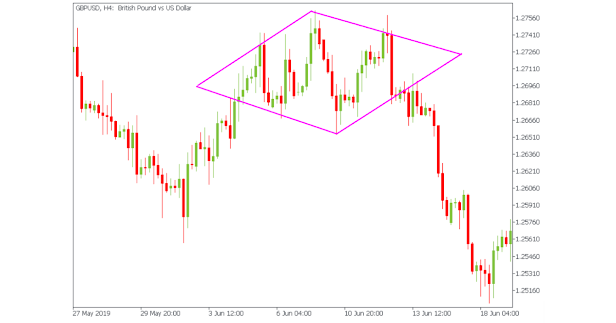Understanding the Hammer Candlestick Pattern in Forex Trading
The world of Forex trading is vast and intricate, filled with numerous strategies and indicators that traders use to make informed decisions. Among these tools, candlestick patterns stand out as one of the most reliable methods to interpret market movements. One such pattern that holds significant importance is the Hammer candlestick pattern. In this article, we will delve deep into the Hammer pattern, its formation, and how traders can utilize it to enhance their trading strategies.
What is a Hammer Candlestick Pattern?
A Hammer candlestick pattern is a single candlestick pattern that typically appears at the bottom of a downtrend, signaling a potential reversal. The pattern is characterized by a small body with a long lower wick (shadow) and little to no upper wick. The body of the candlestick can be either bullish (green or white) or bearish (red or black), though a bullish body is considered more potent.
Key Features of a Hammer Candlestick:
- Small Body: Indicates that the opening and closing prices are close to each other.
- Long Lower Wick: Signifies that sellers pushed the price down during the session, but buyers managed to push it back up towards the closing price.
- Little or No Upper Wick: Suggests that the price did not move significantly above the opening price.
Interpreting the Hammer Candlestick Pattern
The Hammer pattern is a bullish reversal pattern. Its appearance indicates that the prevailing downtrend might be losing momentum and a potential upward reversal could be on the horizon. Here's how traders interpret this pattern:
- Downtrend Presence: The Hammer pattern is significant only when it appears after a downtrend. It suggests that sellers dominated the market initially, pushing prices lower.
- Rejection of Lower Prices: The long lower wick demonstrates a strong rejection of lower prices by buyers, indicating a shift in market sentiment.
- Potential Reversal: While the Hammer suggests a potential reversal, confirmation is needed. Traders often wait for the next candlestick to close above the Hammer’s closing price to confirm the reversal.
 |
| HAMMER CANDLESTICK PATTERN |
How to Trade the Hammer Candlestick Pattern
Trading the Hammer pattern involves a few steps to ensure that traders are making informed decisions. Here's a simplified approach:
- Identify the Pattern: Look for the Hammer candlestick at the end of a downtrend. Ensure it has a small body and a long lower wick.
- Confirm the Reversal: Wait for the next candlestick to close above the Hammer's closing price. This confirmation reduces the risk of false signals.
- Set Entry and Exit Points:
- Entry Point: Place a buy order just above the high of the Hammer candlestick.
- Stop-Loss: Set a stop-loss order below the low of the Hammer to manage risk.
- Take Profit: Determine a target price based on your risk-reward ratio or key resistance levels.
Example of Hammer Candlestick Pattern in Forex Trading
Let’s consider an example to illustrate the Hammer candlestick pattern. Suppose the EUR/USD currency pair has been in a downtrend, and a Hammer candlestick forms at the 1.1500 level. The Hammer has a small body with a closing price of 1.1520 and a long lower wick that extends to 1.1450.
To trade this pattern:
- Entry Point: Place a buy order slightly above 1.1520, say at 1.1530.
- Stop-Loss: Set a stop-loss order below 1.1450, perhaps at 1.1440.
- Take Profit: Based on the recent resistance level, set a target price at 1.1600.
If the next candlestick closes above 1.1520, it confirms the Hammer pattern, and your buy order is activated.
Conclusion
The Hammer candlestick pattern is a powerful tool in the arsenal of Forex traders. Its ability to signal potential reversals in downtrends makes it invaluable for identifying entry points in the market. However, like all trading strategies, it should be used in conjunction with other technical indicators and analysis tools to improve accuracy and reduce risks. By understanding and effectively trading the Hammer pattern, traders can enhance their decision-making process and potentially increase their profitability in the Forex market.
For more insights and strategies on Forex trading, stay tuned to SSFXTrader.blogspot.com. Happy trading!













